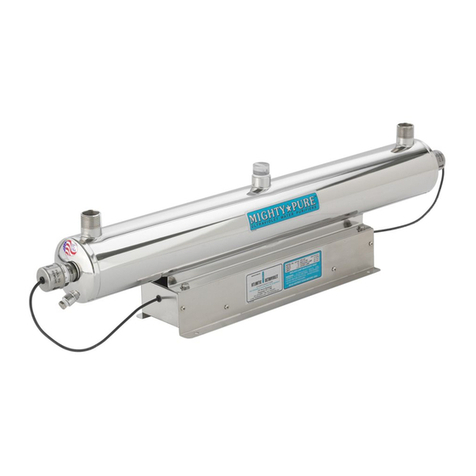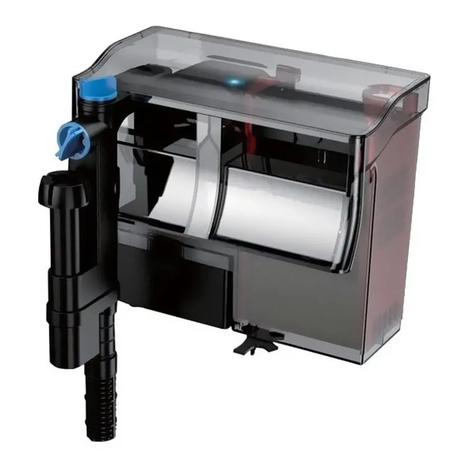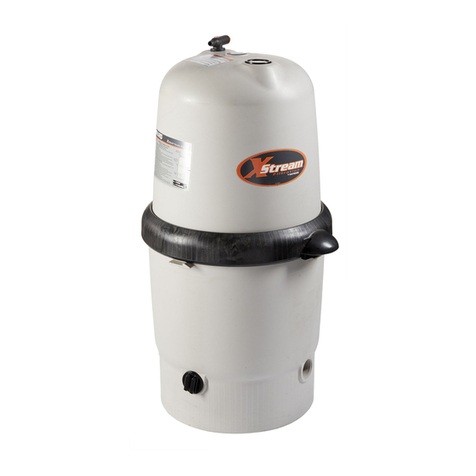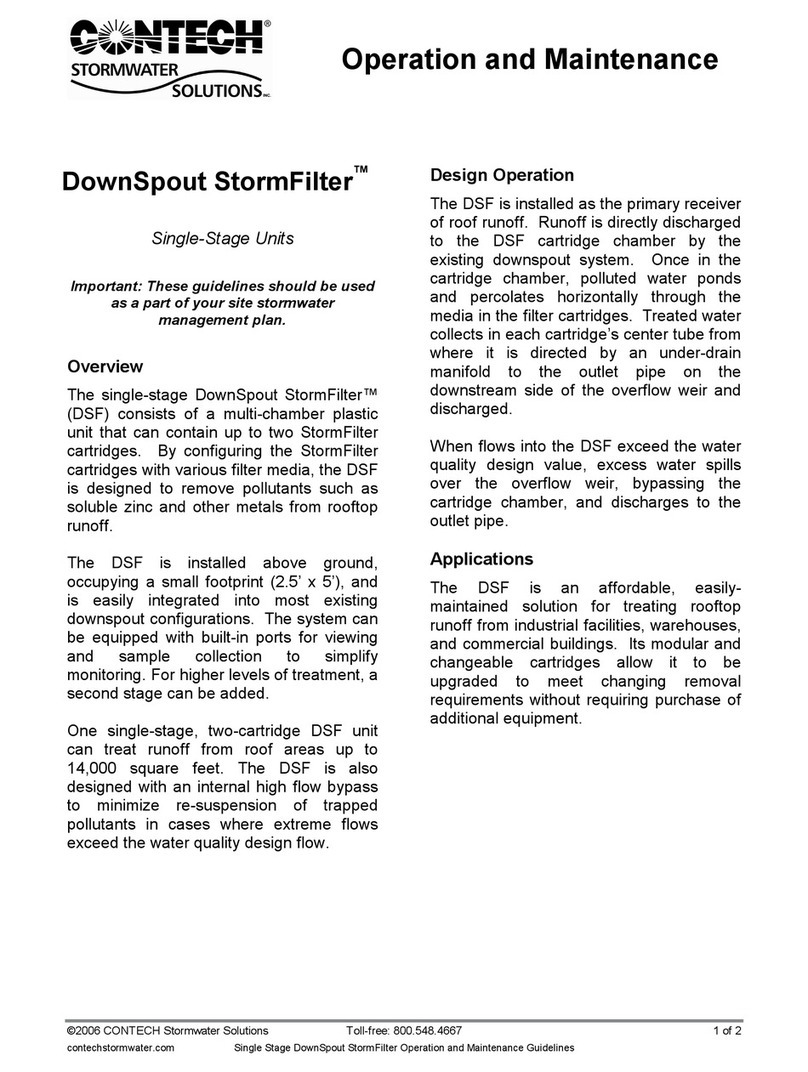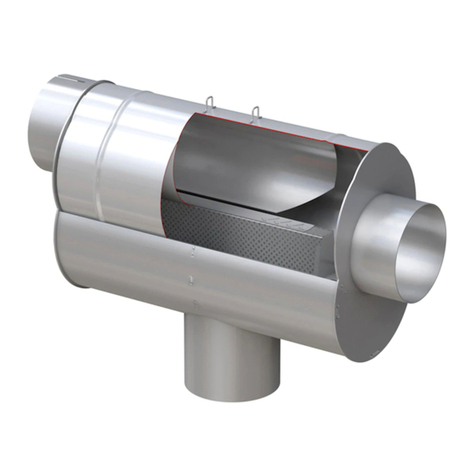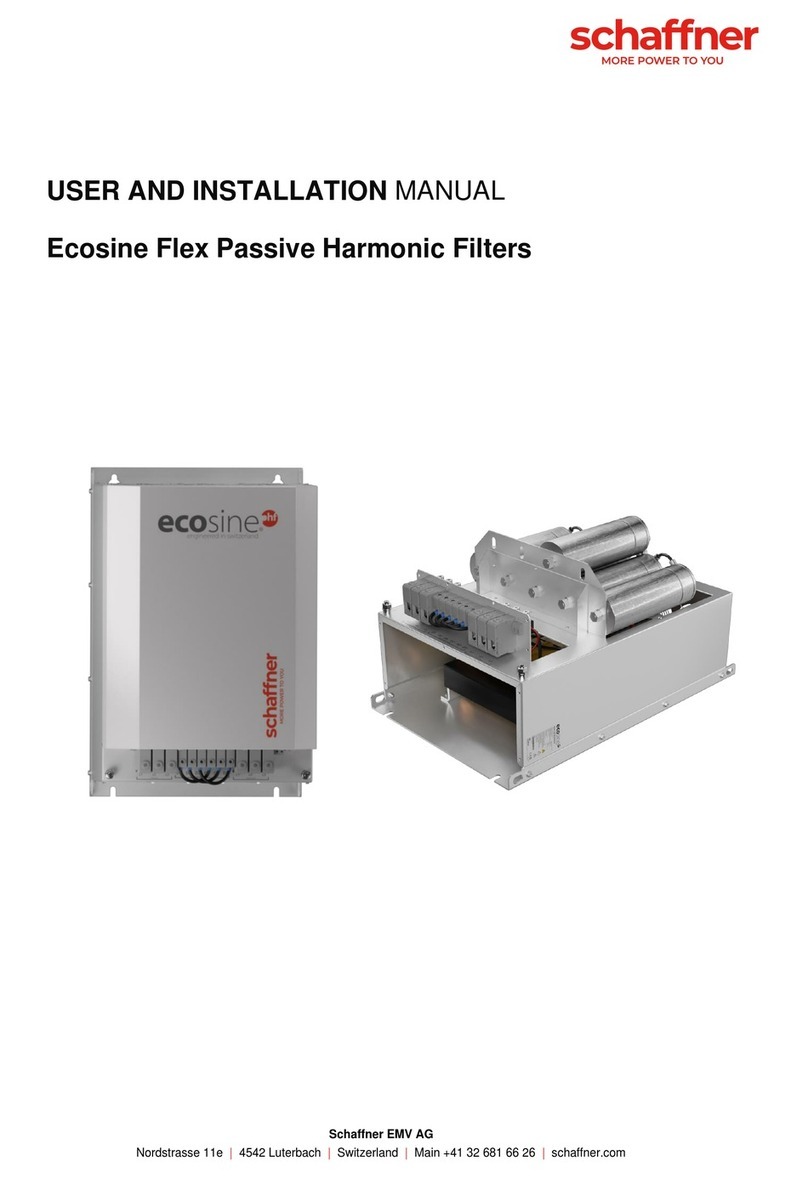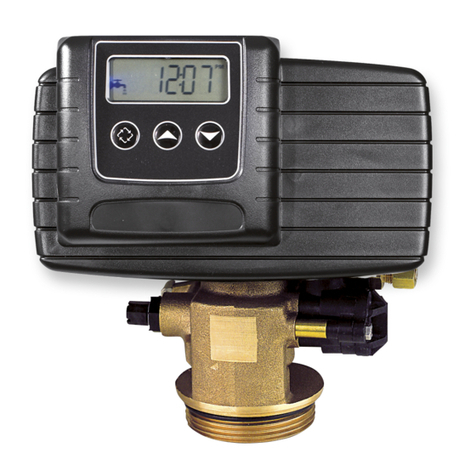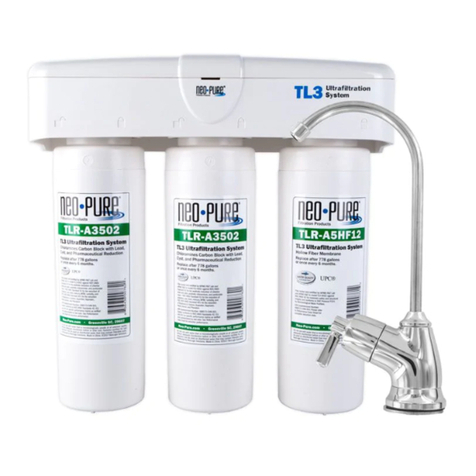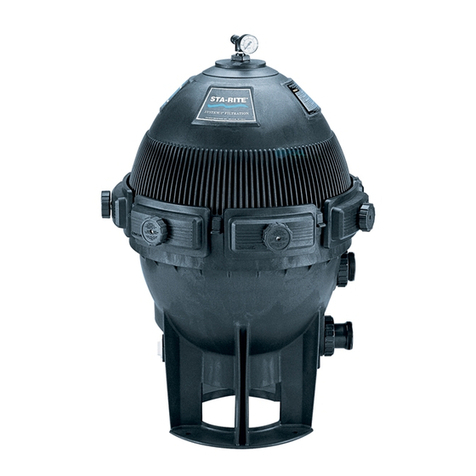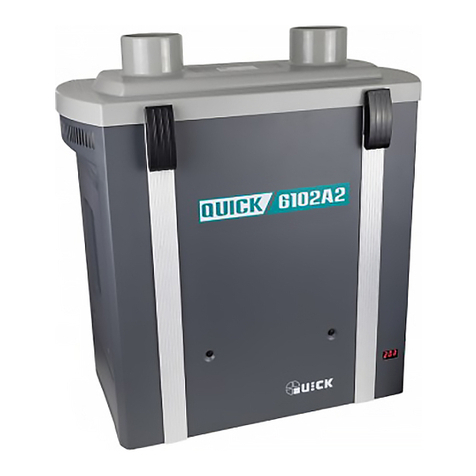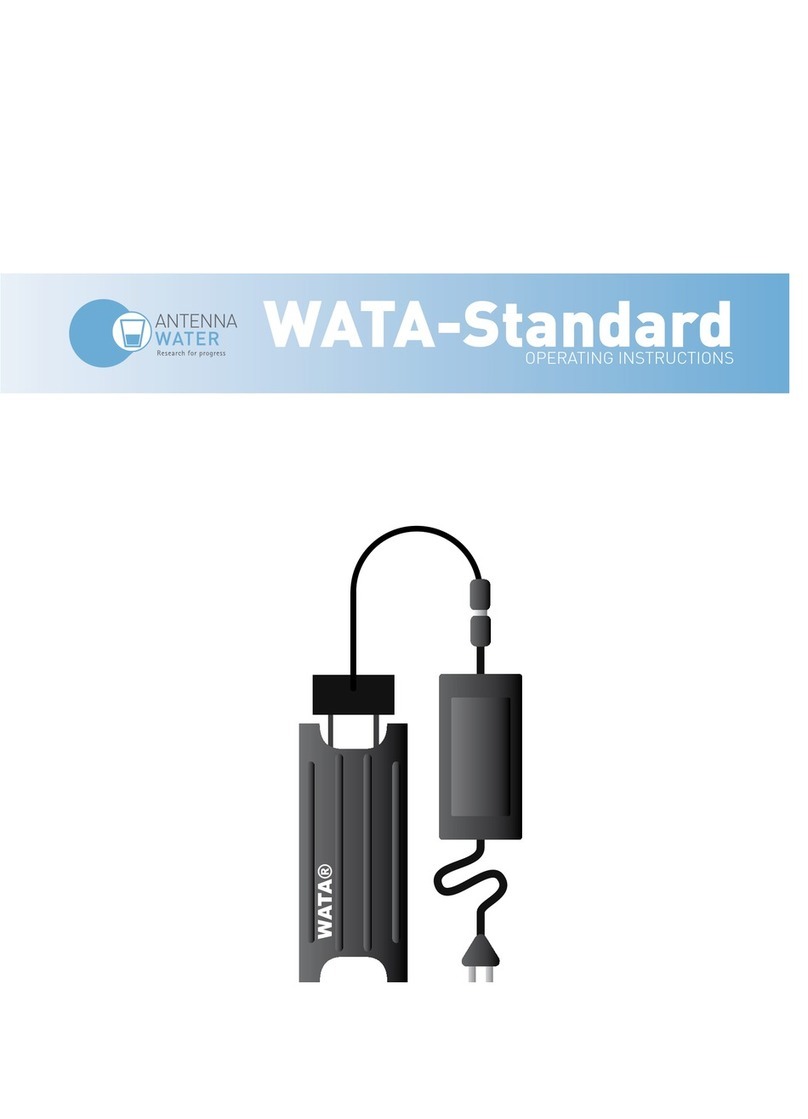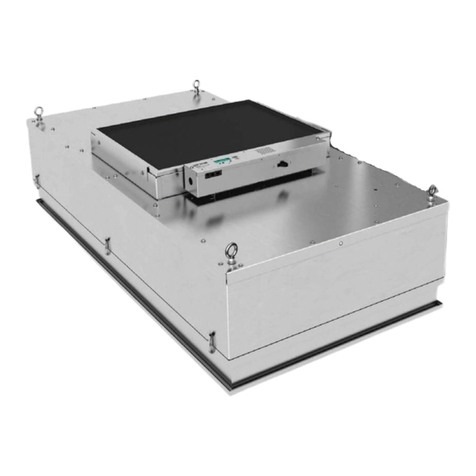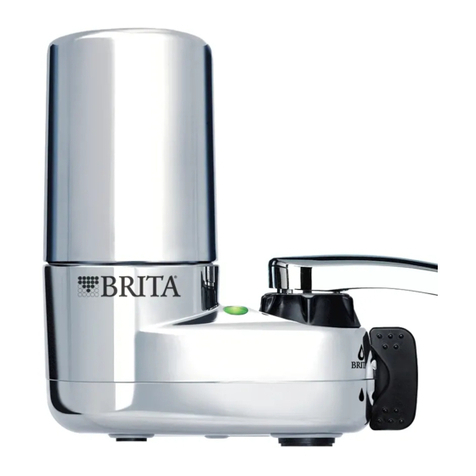
4
CARATTERISTICHE E INSTALLAZIONE
ECS - REV003A
IT
AMBIENTE DI INSTALLAZIONE
Installare il separatore di carica in un luogo asciutto e ventilato. Il separatore di carica, pur avendo un’efficien-
za elevata, sviluppa durante il suo funzionamento una certa quantità di calore; è indispensabile, quindi, che
l’ambiente di installazione abbia una sufficiente ventilazione tale da permettere un’ottimale funzionamento
dell’apparecchio. Il separatore di carica può essere installato in
posizione orizzontale o verticale.
Si consiglia l’installazione verticale perché la convezione natura-
le del calore aiuta il raffreddamento dell’apparecchio.
SEPARATORI DI CARICA SERIE ECS
La lunga esperienza maturata nel settore della nautica, ci ha permesso di realizzare la gamma di separatori di
carica ECS con prestazioni superiori rispetto allo standard di mercato.
I vantaggi che i separatori di carica ECS offrono sono:
• Caduta di tensione trascurabile.
• Tensione di ingresso da 5 a 31 Vdc.
• Bassa dissipazione di potenza.
• Terminale IG per eccitazione alternatore.
• Funzionamento in un ampio intervallo di temperature ambiente.
• Installazione e cablaggi facilitati dalla compattezza del separatore.
INSTALLAZIONE
PRIMA DI UTILIZZARE IL SEPARATORE DI CARICA LEGGERE ATTENTAMENTE IL PRESENTE MANUALE
D’USO. IN CASO DI DUBBI CONTATTARE IL RIVENDITORE O IL SERVIZIO CLIENTI QUICK
®
.
In caso di discordanze o eventuali errori tra il testo tradotto e quello originario in italiano, fare riferimento
al testo italiano o inglese.
Questo dispositivo è stato progettato e realizzato per essere utilizzato su imbarcazioni da diporto.
Non è consentito un utilizzo differente senza autorizzazione scritta da parte della società Quick
®
.
I SEPARATORI DI CARICA SONO STATI PROGETTATI PER INSTALLAZIONI FISSE (USO INTERNO).
I separatori di carica Quick
®
sono stati progettati e realizzati per gli scopi descritti in questo manuale d’uso. La
società Quick
®
non si assume alcuna responsabilità per danni diretti o indiretti causati da un uso improprio del-
l’apparecchio, da un’errata installazione o da possibili errori presenti in questo manuale.
LA MANOMISSIONE DEL SEPARATORE DI CARICA DA PARTE DI PERSONALE NON AUTORIZZATO FA
DECADERE LA GARANZIA.
LA CONFEZIONE CONTIENE: separatore di carica - condizioni di garanzia - il presente manuale d’uso.
ATTENZIONE: la superficie esterna del separatore di carica, essendo usata come dissipatore di calore, può
raggiungere temperature elevate (pericolo di ustione).Lasciare raffreddare l’apparecchio prima di maneggiarlo.
5 cm
5 cm
5 cm 5 cm
Il perimetro del separatore di carica (esclusa la base di appoggio)
deve distare da pareti o oggetti come minimo 5 cm.
La base a cui è fissato il separatore di carica deve sopportare
una temperatura di almeno 80°C.
F
F
